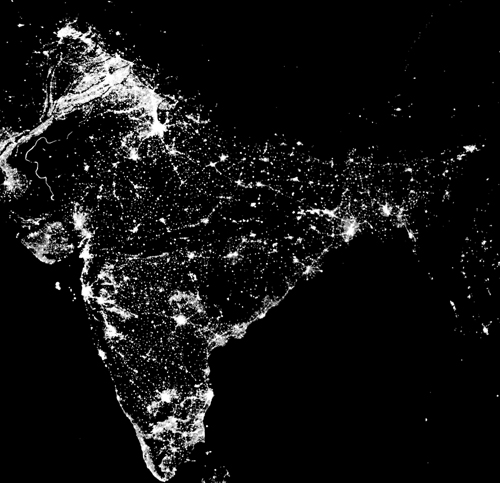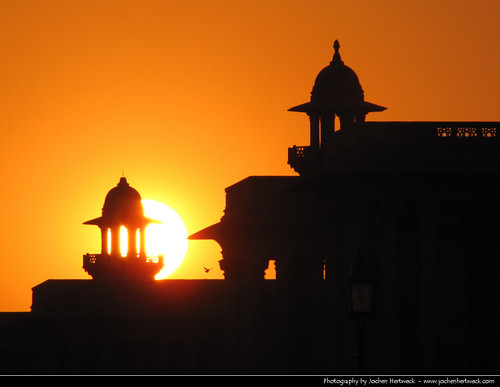Thursday, November 12, 2015
Wednesday, November 11, 2015
India: Solar Is The Cure
India Is Caught in a Climate Change Quandary

The coming era of unlimited — and free — clean energy


India is home to 30 percent of the world’s poorest, those living on less than $1.90 a day. Of the 1.3 billion Indians, 304 million do not have access to electricity; 92 million have no access to safe drinking water. ...... India’s rivers depend on the health of thousands of Himalayan glaciers at risk of melting because of a warming climate, while 150 million people are at risk from storm surges associated with rising sea levels. ..... The United Nations expects India’s population to reach 1.5 billion by 2030, bigger than China’s......the world’s greenhouse gas emissions must be brought close to zero by the end of the century
.... economies like China and India must totally decarbonize their electricity supply around midcentury and achieve negative emissions from then on, using carbon capture technologies and vastly increased forests, to suck excessive carbon out of the atmosphere. ........ India must continue to grow at 7.5 to 8 percent a year for the next 15 years. ..... Even under the most ambitious goals for nuclear power and renewable energy, more than half of this power is expected to come from coal, the dirtiest fuel. “By 2030 India’s coal consumption could triple or quadruple” ...... It aims to get 40 percent of its electricity from nonfossil fuels by 2030 and to reduce its emissions intensity by 33 to 35 percent from 2005 to 2030. It also offers to vastly increase its forest cover. ..... India’s energy consumption amounts to only 0.6 metric tons of oil equivalent per person, about a third of the world average. It explains that “no country in the world” has ever achieved the development level of today’s advanced nations without consuming at least four tons.

The coming era of unlimited — and free — clean energy
In the 1980s, leading consultants were skeptical about cellular phones. McKinsey & Company noted that the handsets were heavy, batteries didn’t last long, coverage was patchy, and the cost per minute was exorbitant. It predicted that in 20 years the total market size would be about 900,000 units, and advised AT&T to pull out. McKinsey was wrong, of course. There were more than 100 million cellular phones in use in 2000; there are billions now. Costs have fallen so far that even the poor — all over world — can afford a cellular phone.......... The experts are saying the same about solar energy now. They note that after decades of development, solar power hardly supplies 1 percent of the world’s energy needs. They say that solar is inefficient, too expensive to install, and unreliable, and will fail without government subsidies. They too are wrong.Why Obama should stop pushing nuclear energy on IndiaSolar will be as ubiquitous as cellular phones are.
...... solar power has been doubling every two years for the past 30 years — as costs have been dropping. He sayssolar energy is only six doublings — or less than 14 years — away from meeting 100 percent of today’s energy needs
. ....... inexpensive renewable sources will provide more energy than the world needs in less than 20 years. Even then, we will be using only one part in 10,000 of the sunlight that falls on the Earth. ...... By 2020, solar energy will be price-competitive with energy generated from fossil fuels on an unsubsidized basis in most parts of the world. Within the next decade, it will cost a fraction of what fossil-fuel-based alternatives do. ....... wind, biomass, thermal, tidal, and waste-breakdown energy, and research projects all over the world are working on improving their efficiency and effectiveness. Wind power, for example, has also come down sharply in price and is now competitive with the cost of new coal-burning power plants in the United States. It will, without doubt, give solar energy a run for its money. There will be breakthroughs in many different technologies, and these will accelerate overall progress. ........We will be able to create unlimited clean water — by boiling ocean water and condensing it.
With inexpensive energy, our farmers can also grow hydroponic fruits and vegetables in vertical farms located near consumers. Imagine skyscrapers located in cities that grow food in glass buildings without the need for pesticides, and that recycle nutrients and materials to ensure there is no ecological impact.
It no longer makes sense for any country to install a technology that can create a catastrophe such as Chernobyl or Fukushima — especially when far better alternatives are available. Technologies such as solar and wind are advancing so rapidly that by the time the first new nuclear reactors are installed in India, they will be less costly than nuclear energy. ...... Solar power has been doubling every two years for the past 30 years — as costs have been dropping. At this rate, solar is only six doublings — or less than 14 years — away from meeting practically all of today’s energy needs. Even with this, we will be using only one part in 10,000 of the sunlight that falls on the Earth. ....... For India, energy production using solar will alleviate the problems of its decaying national electricity grid. Energy can be generated and stored locally — at the village level. ......The president should not be prescribing medicine that he would not take himself.
The United States has not installed any new nuclear plants for more than 30 years. There would be massive public protests if any were even proposed — anywhere in the country. Germany is working towards phasing out all of its nuclear plants by 2022 and many other developed countries are looking to follow its lead....... India is still reeling from the Bhopal disaster of 1984, when a leakage of cyanide gas at the Union Carbide plant killed 5,295 people and left tens of thousands with permanent disabilities. The surviving victims are stillbegging for fair compensation. This was a chemical catastrophe; a nuclear one would be far more destructive. ..... Instead of trying to chain India to the past with technologies such as nuclear, he should help the country leapfrog into the future with clean energy. This will benefit not only India, but also the world.



Subscribe to:
Posts (Atom)
